Mouth and teeth
Who doesn't love white teeth?
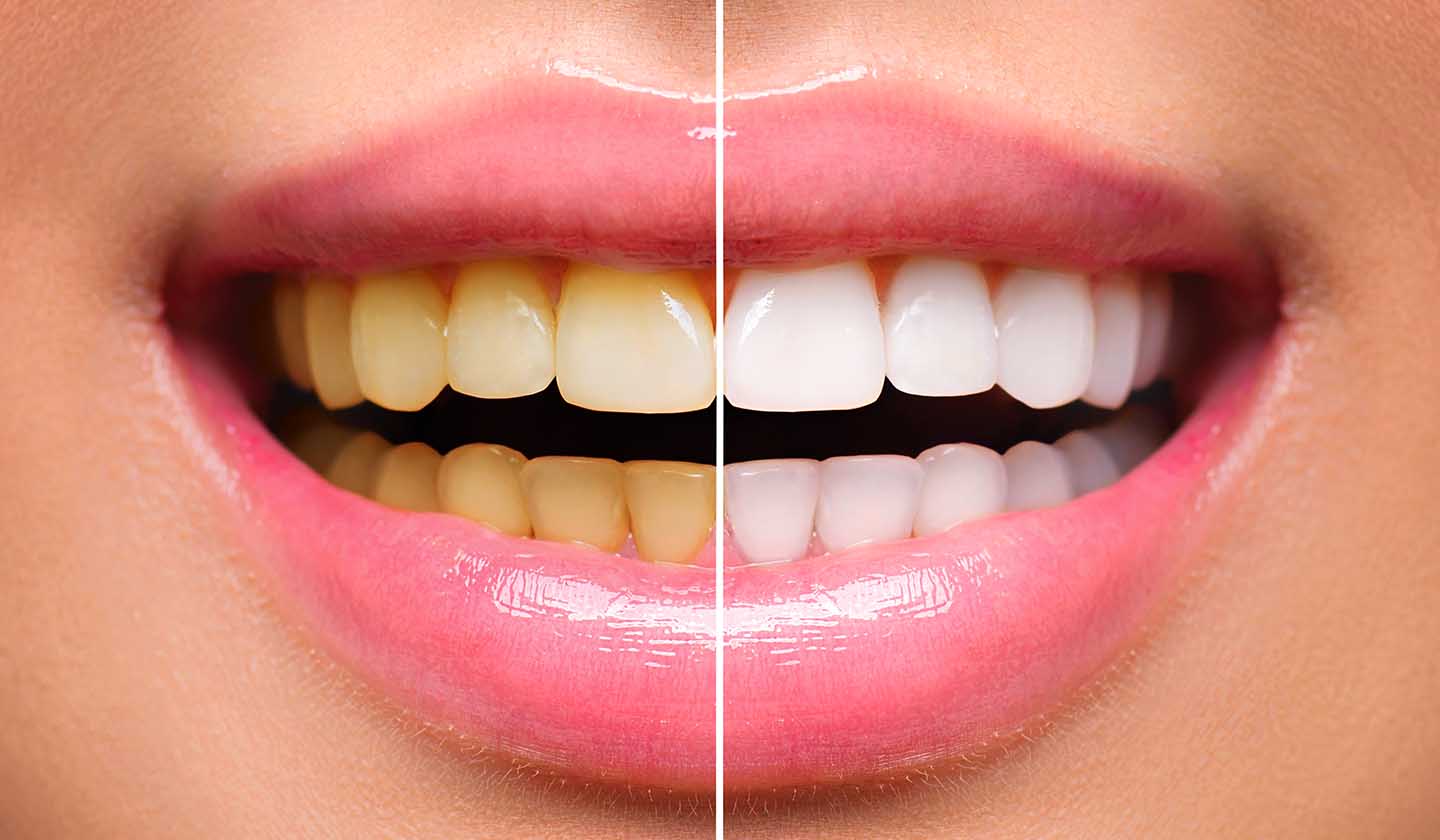
Tooth colour is an individual characteristic influenced by genetics. Despite being variable, the teeth colour tends to darken over the years.
This situation occurs associated with one’s intrinsic characteristics, such as genetics, age, or external / environmental factors, such as smoking, constant use of antibiotics or the ingestion of certain drinks and foods.
Age is an added factor due enamel erosion/wear over time, leaving the dentin (tissue that is covered by the enamel) exposed. When exposed, this yellowish-white structure makes the tooth look more yellowish.
Pigments found in drinks and foods (such as coffee, tea, or red wine) are absorbed by the tooth surface causing the appearance of yellow stains.
What is teeth whitening?
Teeth whitening is an aesthetic treatment that consists of the application of a teeth whitening agent. This practice whitens the teeth surface, reducing the impact of stains on teeth appearance.
Several techniques are available. Choosing the technique to be used will depend on the person’s clinical conditions, his/her expectations and the speed in getting the desired, high-quality results.
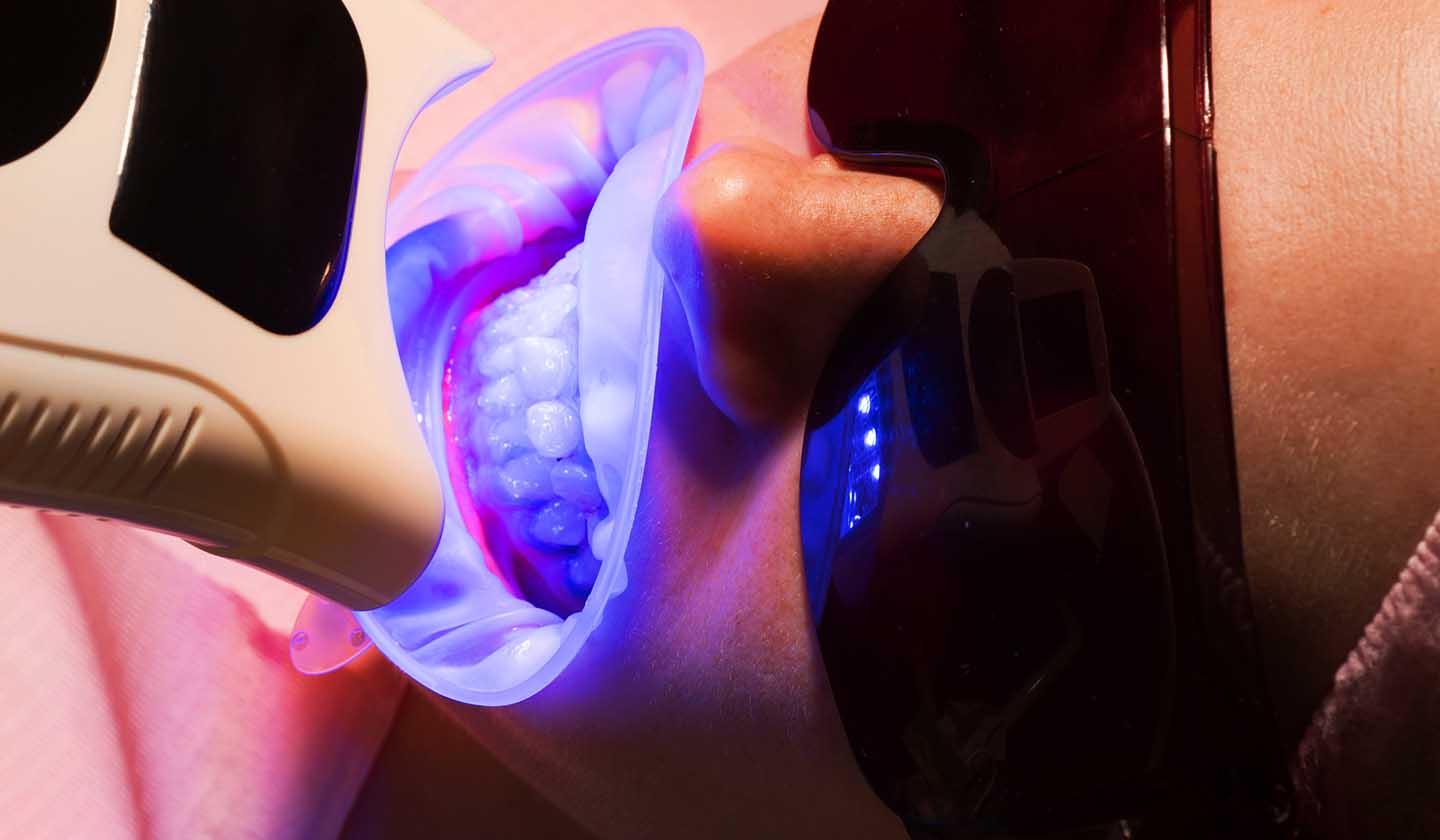
What materials and techniques can be used?
Teeth whitening can be classified into two types: teeth whitening done directly by the dentist and teeth whitening performed at home by the person himself/herself (most common).
Teeth whitening performed by the dentist
In this case, the treatment is performed in the surgery and several sessions may be necessary until the desired result is obtained.
There are different methods such as:
- Application of whitening gel;
- Laser.
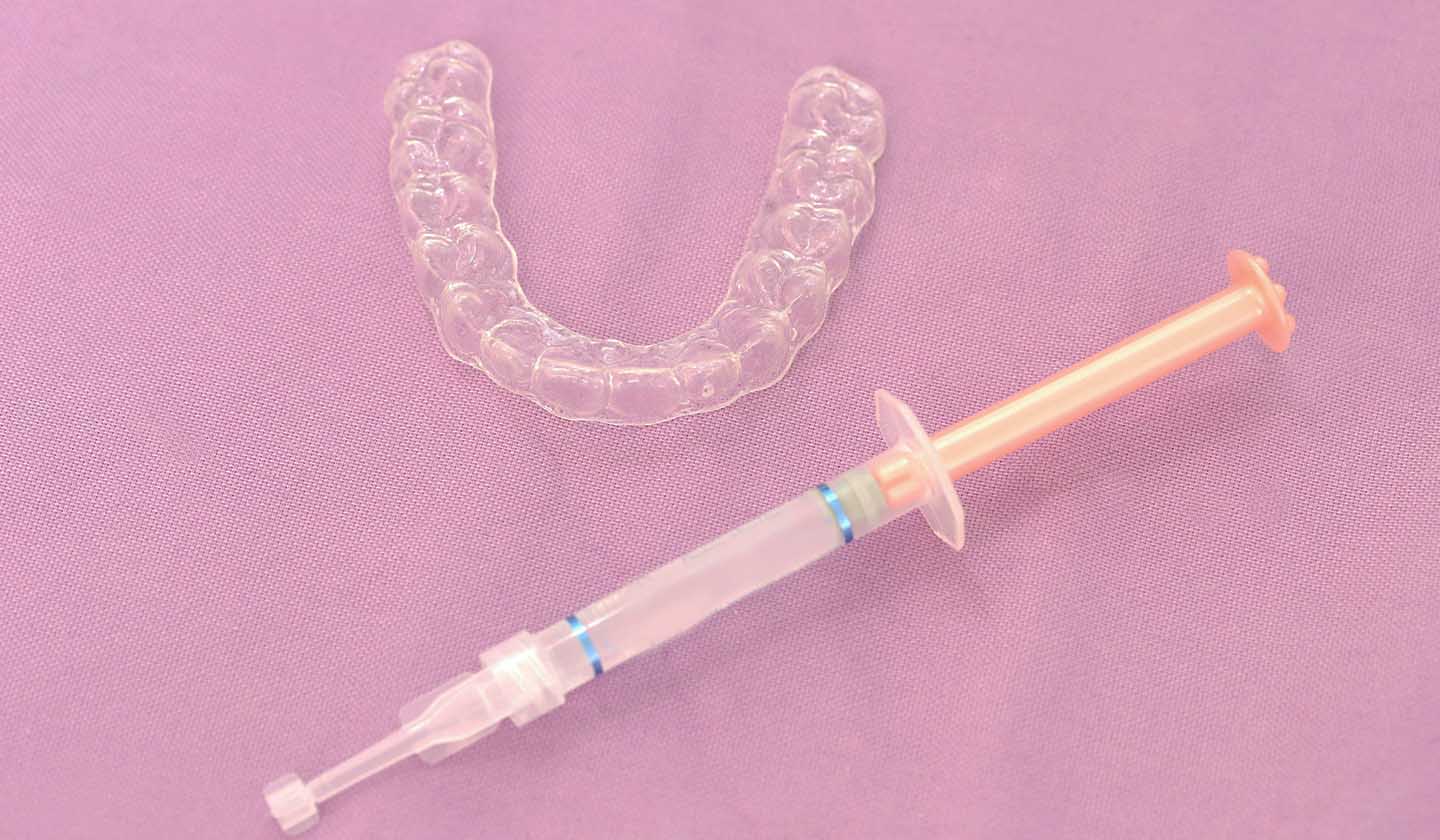
Whitening performed at home by the person himself/herself
In this case, a tray and whitening gel are used. The dentist moulds a tooth whitening tray to each person’s teeth shape (individual mould). During treatment the tray is filled up with the whitening gel provided by the dentist and pressed against the teeth.
It is advisable to use the tray during the night in order to reduce the discomfort it may cause. Treatment duration will depend on personal characteristics.
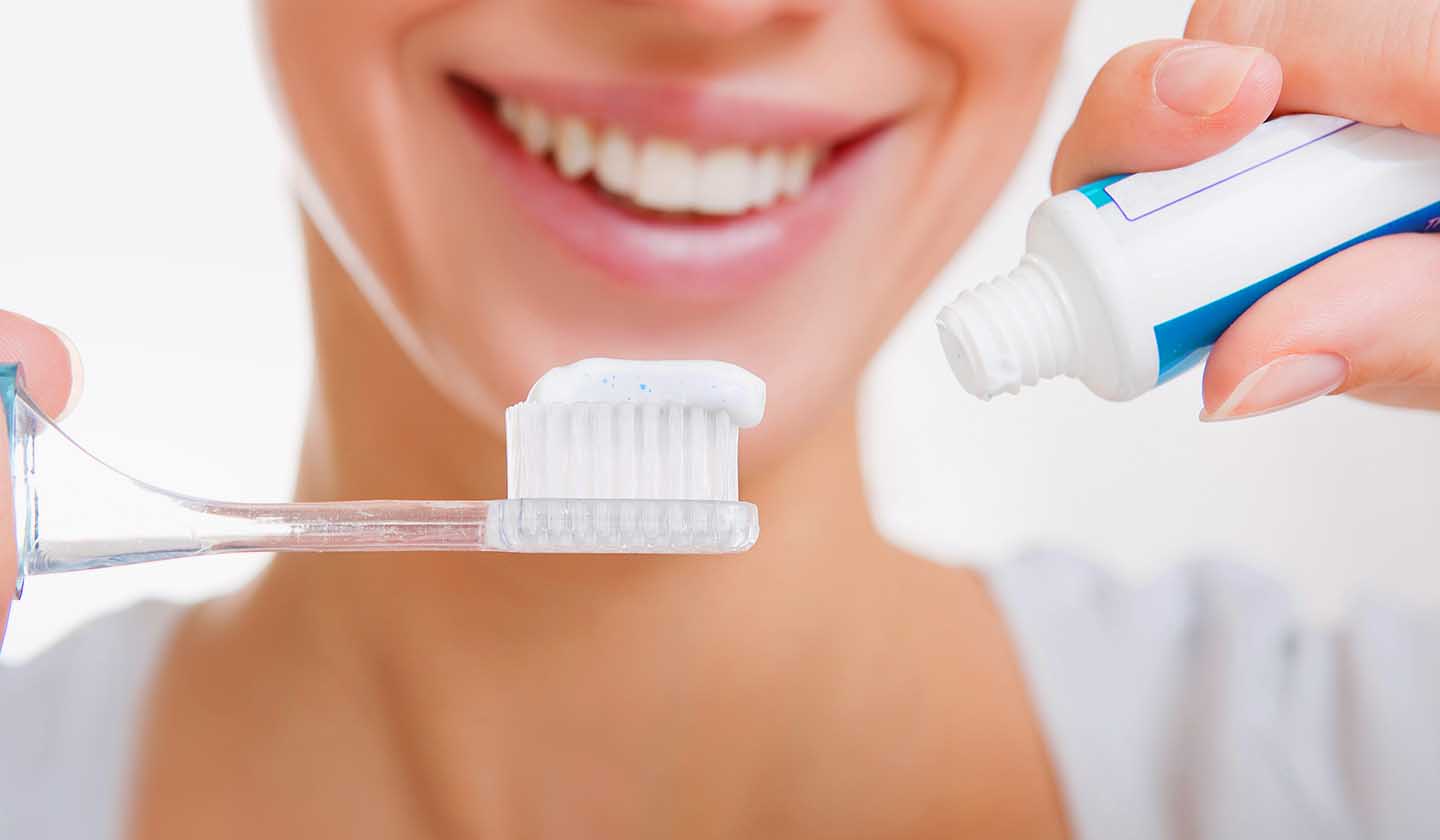
Over-the-counter dental whitening products
There are oral health products available that can help remove stains from the teeth surface:
- Whitening toothpaste;
- Whitening gel;
- Whitening mouthwash.
Whitening pastes may contain, among others, abrasive substances, such as hydrated silica, sodium bicarbonate, which remove surface stains through brushing, which can cause tooth sensitivity when used for long periods.
To avoid the development of dental sensitivity, if you choose to use a whitening paste, it is advisable to alternate between a whitening paste package and a fluoridated paste or use the whitening paste once a day, using another paste for the remaining brushings.
Who can undergo tooth whitening?
As a rule, anyone with a good oral health condition can get a teeth whitening.
However, there may be contraindications for:
- People with dental problems;
- Prostheses;
- Dental caries lesions;
- Very restored teeth;
- High dental sensitivity.
Before performing dental whitening, the patient should be observed by a dentist who will perform a clinical examination. This exam is necessary to confirm if the teeth whitening is adequate in order to avoid oral complications, and which is the most appropriate technique for the result to be effective.
Due to a greater predisposition for teeth sensitivity and less enamel resistance, teeth whitening is not recommended in:
- Children under the age of 18
- Pregnant women;
- Breastfeeding women
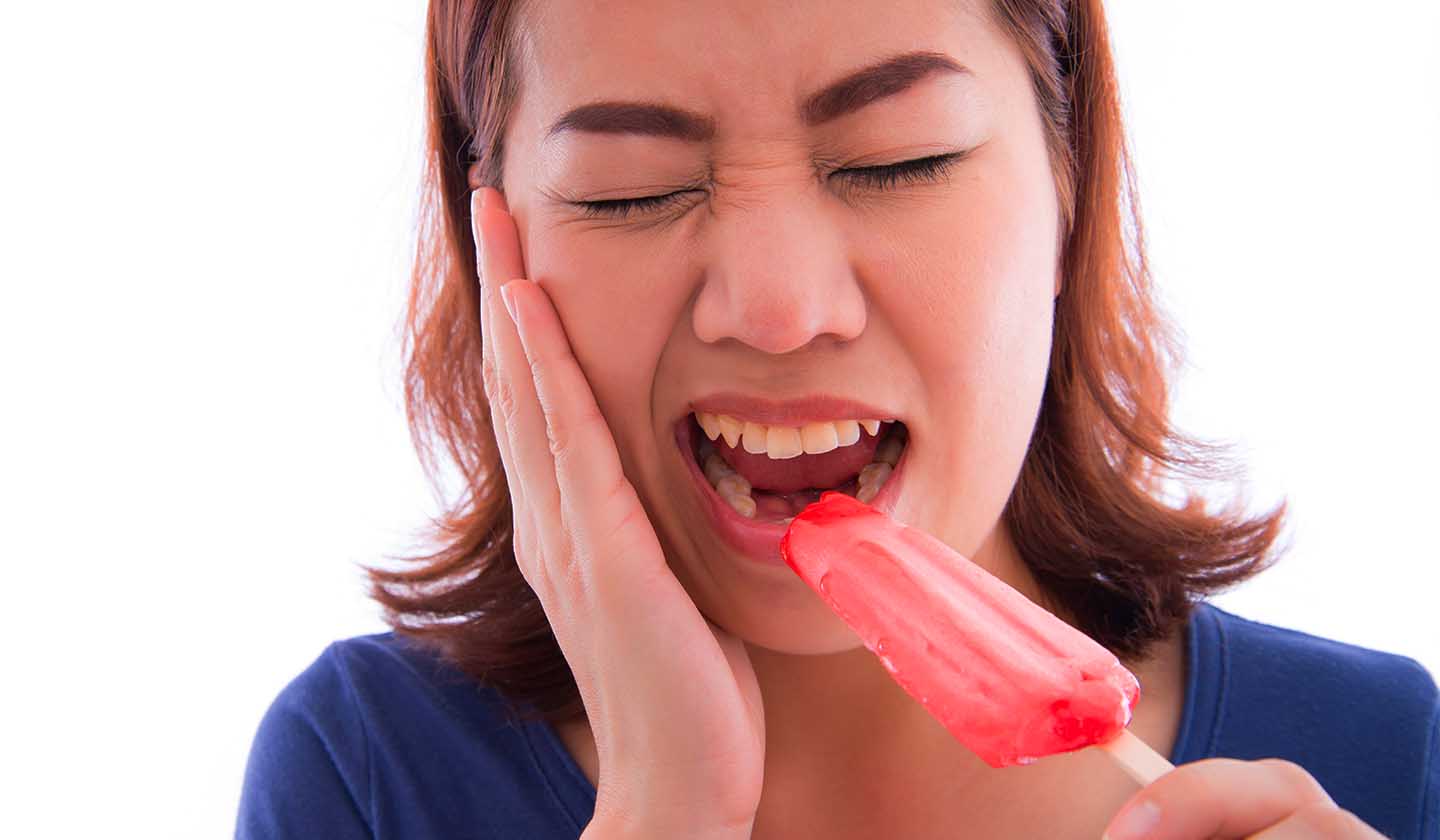
Can side effects arise?
Regardless of the method used to whiten teeth, side effects can arise. The development of side effects is related to the concentration of the products used, the application method and the specific characteristics of each person’s teeth.
The most common side effects are:
- Increase in tooth sensitivity;
- Gum irritation.
Sources
iSaúde
Farmácia Distribuição Magazine






